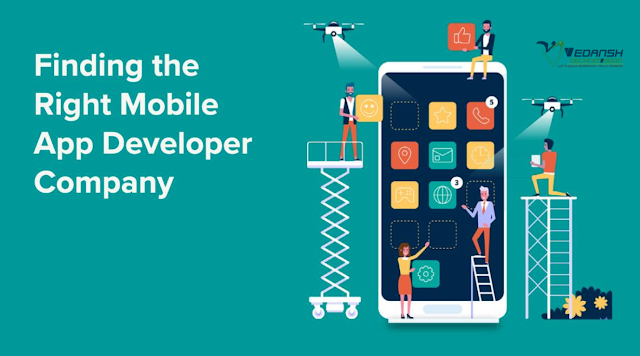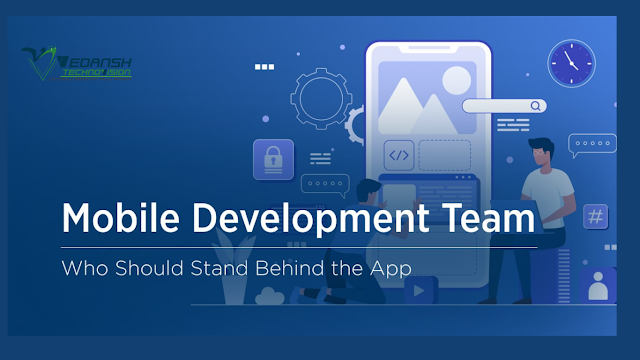Unleashing the Power of Python for Application Development
Python, a versatile and powerful programming language, has gained immense popularity over the years due to its simplicity, readability, and vast array of libraries and frameworks. While often associated with data analysis and web development, Python is also an excellent choice for creating robust and scalable applications. In this article, we will explore the process of creating apps with Python, discussing the key concepts, tools, and frameworks that empower developers to build efficient and feature-rich applications.
I. Understanding Python as an App Development Language
An overview of Python's features and benefits for application development
Python's versatility and support for multiple platforms
Python's object-oriented programming paradigm and its impact on app development
Python's extensive libraries and frameworks for various application domains
II. Setting Up the Development Environment
Installing Python and managing different versions with virtual environments
Exploring integrated development environments (IDEs) and text editors for Python app development
Configuring a project structure and managing dependencies with package managers
Familiarizing with version control systems for collaborative app development
III. Fundamentals of Python App Development
Understanding the building blocks of Python applications: modules, classes, and functions
Working with variables, data types, and control structures
Handling user input and displaying output
Exception handling and error management in Python apps
IV. Graphical User Interface (GUI) Development with Python
Introduction to GUI frameworks: Tkinter, PyQt, and wxPython
Creating windows, buttons, menus, and other GUI elements
Event-driven programming and handling user interactions
Designing aesthetically pleasing and user-friendly interfaces
V. Database Integration
Working with SQL and NoSQL databases in Python
Overview of database frameworks and libraries: SQLAlchemy, Django ORM, and MongoDB
Establishing connections, querying data, and managing transactions
Incorporating data validation and security measures
VI. Web Application Development with Python
Introduction to web frameworks: Django, Flask, and Pyramid
Building web applications with a Model-View-Controller (MVC) architecture
Handling HTTP requests and routing
Templating and dynamic content generation
VII. Deployment and Distribution
Preparing an application for deployment: optimizing, testing, and debugging
Packaging an application into an executable or installer
Deploying Python apps to different platforms and hosting services
Managing updates and versioning
Conclusion
Python's versatility and extensive ecosystem make it an excellent choice for developing various types of applications. Whether it's a desktop application, a web application, or a mobile app, Python offers a wide range of libraries, frameworks, and tools that streamline the development process. By harnessing the power of Python, developers can create robust, scalable, and user-friendly applications that cater to diverse user needs. So, embark on your Python app development journey, and unlock the endless possibilities offered by this dynamic programming language.



Comments
Post a Comment